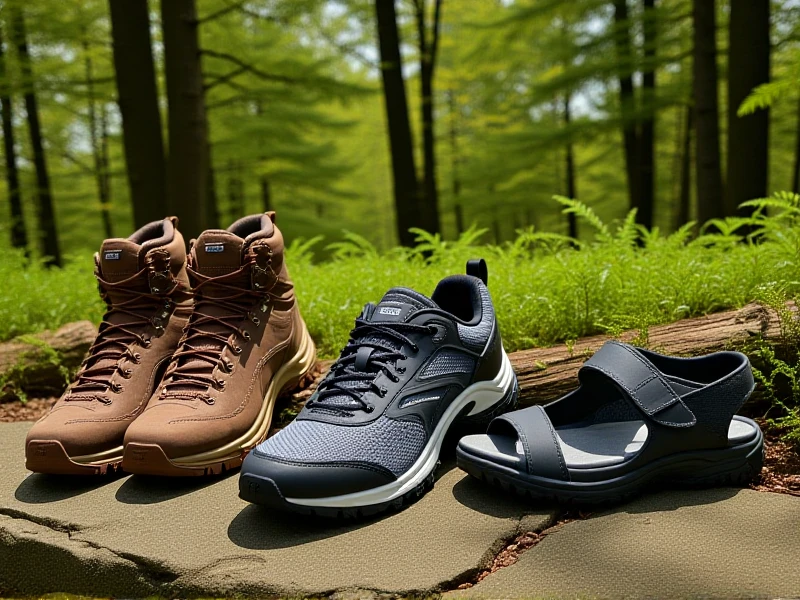
Essential Hiking Shoes: Your Key to Conquer Trails Comfortably
Hitting the trails demands reliable footwear. Choosing the best hiking shoes is fundamental for comfort, safety, and sheer enjoyment on any outdoor adventure. Forget about blisters, rolled ankles, or slipping; the right pair unlocks miles of scenic paths.
Why Proper Hiking Shoes Matter
Standard sneakers just don't provide the support, protection, or grip needed for varied terrain. Quality hiking shoes offer stability designed specifically for uneven surfaces like roots, rocks, and loose gravel. They protect your feet from impacts and abrasions. Most importantly, they provide enhanced traction, drastically reducing the risk of slips, especially on wet or steep sections. Comfort is king on long hikes, and dedicated hiking footwear delivers cushioning and support ordinary shoes lack.
Finding Your Perfect Fit: Boots vs. Shoes
Hikers often debate boots versus shoes. The best choice depends largely on your activity:
- Hiking Shoes/Low-Cut Hikers (Like Trail Runners): Ideal for well-maintained trails, day hikes, or faster-paced adventures. They offer great flexibility and breathability, are typically lighter, and require less break-in time. Look for mesh uppers for ventilation and a sticky rubber outsole.
- Mid-Cut Hiking Boots: The versatile workhorse for most backpackers and day hikers tackling moderate to rough terrain. The ankle support helps prevent twists, provides protection against brush and scree, and offers more weather resistance. Durability is generally higher.
- Backpacking Boots (High-Cut): Essential for carrying heavy loads over multi-day trips or traversing extremely rugged, remote landscapes. They provide maximum stability, ankle support, and protection, often featuring stiffer midsoles for load bearing and burlier materials.
Key Features to Evaluate
Beyond the cut height, focus on these critical elements:
- Fit: This is paramount. Always try on hiking shoes at the end of the day when feet are slightly swollen. Wear your intended hiking socks. Ensure ample toe room (about a thumbnail's width) and a secure, comfortable fit around the heel and midfoot, avoiding pressure points. Brands fit differently, so try several.
- Support: Look for a supportive midsole and a shank (rock plate) underfoot to protect from sharp rocks and reduce fatigue.
- Traction: The lug pattern and rubber compound on the outsole are vital. Deep, multi-directional lugs provide grip on mud and loose dirt, while softer, sticky rubber excels on rock.
- Protection: Durable toe caps (like rubber bumpers) and heel counters safeguard your feet from impacts and stubs. Waterproof membranes (like Gore-Tex) are excellent for wet conditions but can reduce breathability in warmth.
- Breathability: Mesh uppers allow feet to stay cooler and drier from sweat, crucial for warm-weather hiking or high exertion.
- Durability: Materials like full-grain leather or high-denier abrasion-resistant synthetics withstand long-term trail abuse better.
The Importance of the Break-In
Never wear brand-new hiking shoes on a demanding hike. Wear them around town, on short walks, and for yard work. This molds the materials to your feet and helps identify any discomfort before you're miles into the wilderness.
Invest in Your Adventure
Choosing the best hiking shoes is an investment in your safety and enjoyment outdoors. Prioritize fit tailored to your foot shape and hiking style. Assess the typical trails you tackle, the weight you carry, and the weather you face. Test different brands and types. Properly fitting, terrain-appropriate hiking shoes transform challenging paths into memorable adventures. Visit our recommended sites to explore top-rated options and step confidently onto your next trail.